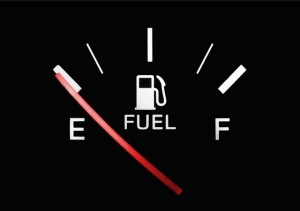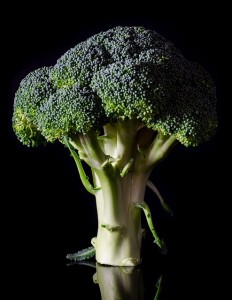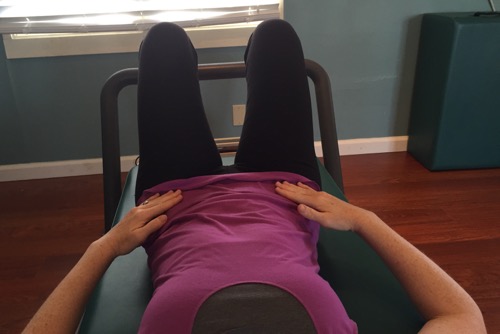
Aloha All 🙂
New dance medicine book to share! “Safe Dance Practice” is written by three British colleagues of mine in the dance medicine world, Edel Quin / Sonia Rafferty / Charlotte Tomlinson. All three are involved with IADMS (International Association for Dance Medicine and Science), Safe in Dance International (SIDI), and are all MSc graduates of the Dance Science program at Trinity Laban Conservatoire of Music and Dance (London UK). They have been long-involved in dance medicine and science, aka Dance Wellness, aka Safe Dance Practice (a British term), and have put together their invaluable knowledge and experience in writing this book – giving teachers and dancers a solid grounding for training healthy dancers who will be better equipped to dance many long years, in the best possible condition. The book is a great addition to your dance medicine and science library – Please pass it on!
Aloha
Jan
by Sonia Rafferty, Charlotte Tomlinson and Edel Quin
What It Isn’t!
The term “safe dance practice” often conjures up the vision of a checklist of boring, restrictive, and often unnecessary health and safety regulations. As dancers, choreographers, and teachers, we certainly don’t want to be held back in our artistic endeavours by recommendations that we think will limit our creative risk-taking capacity.
Fortunately, the upsurge of interest and increasing knowledge in safe dance practice will help us to do exactly the opposite. We can support artistic challenge by helping dancers to train and work at their best, but also heed the potential reasons for the high injury rate that has been observed in a wide variety of different dance styles.
Who Is It For?
Safe dance practice is important for dancers of any age and any ability. It is not simply for the elite “racehorse” of a dancer, at risk because of high-level demands, or the dancer who perhaps could be seen to be more prone to injury because of lack of technicality or physical ability.
Knowing how to work safely and effectively is relevant for everyone – for dancers themselves who can take responsibility for protecting and maintaining their readiness to dance, and for teachers who are trusted with instructing the dancing bodies. Add to that list the choreographers who use the expertise and abilities of dancers to create innovative and challenging works, and the artistic directors and managers who rehearse those dancers and organise their schedules.



















